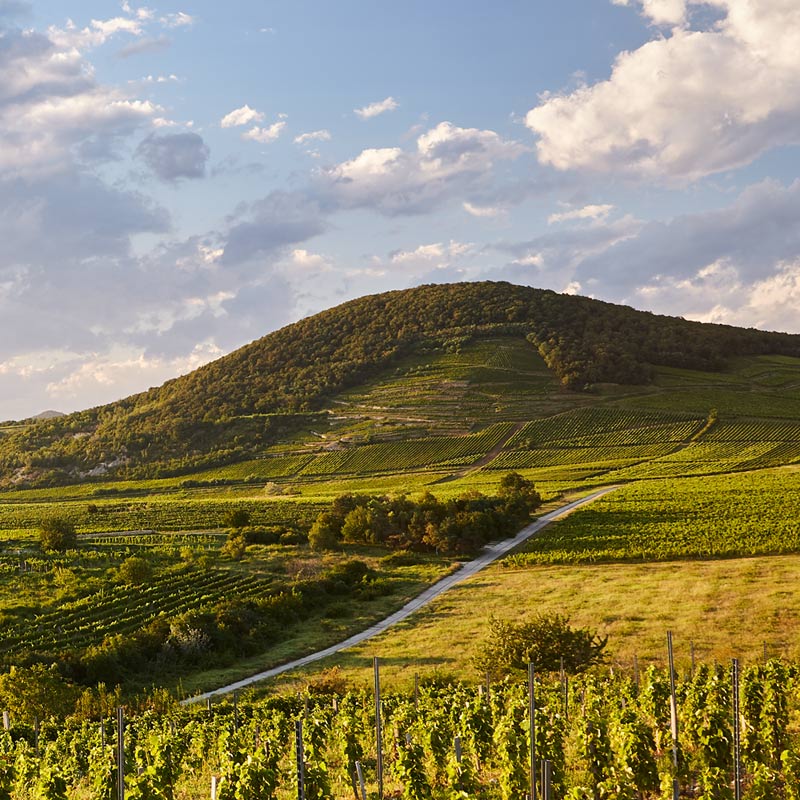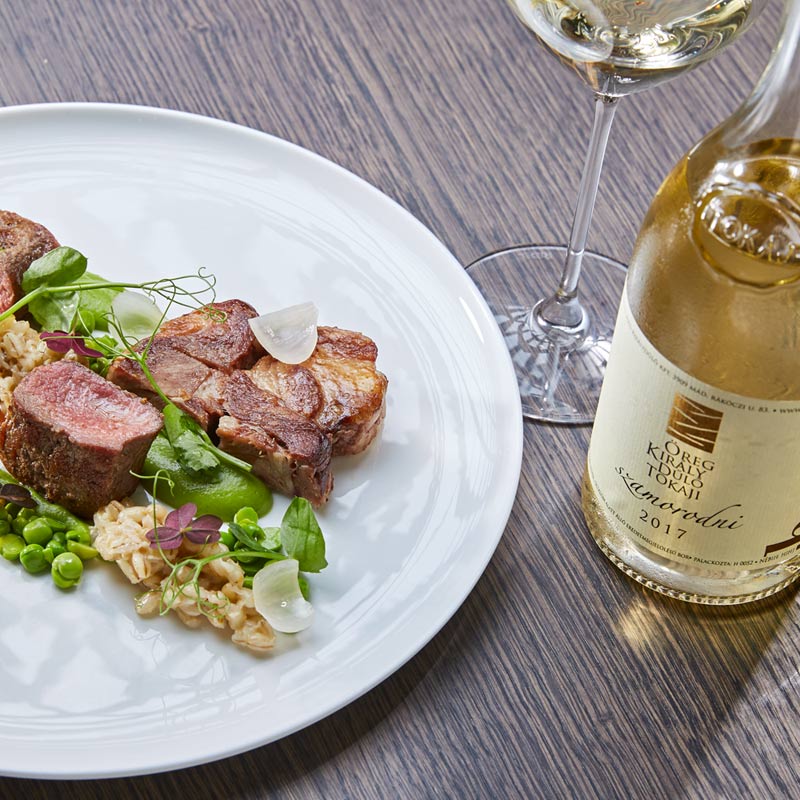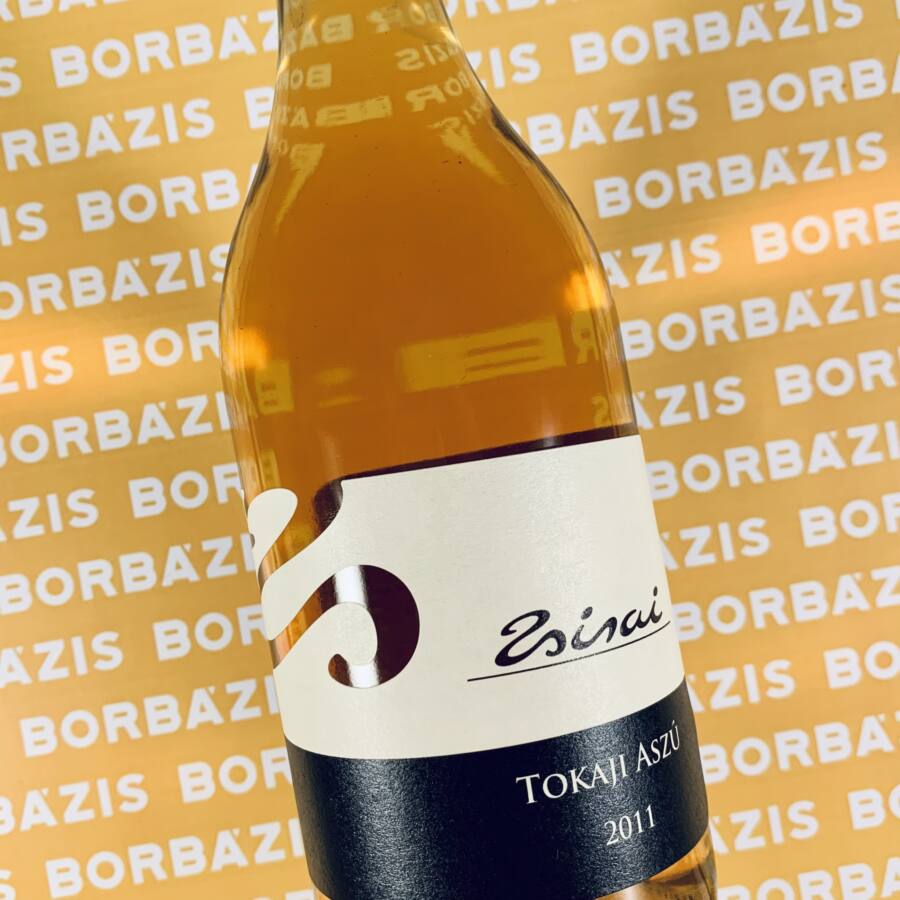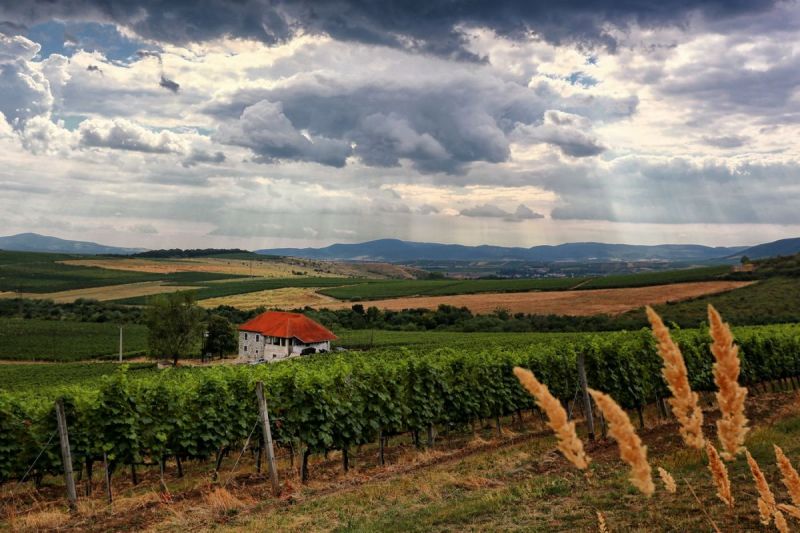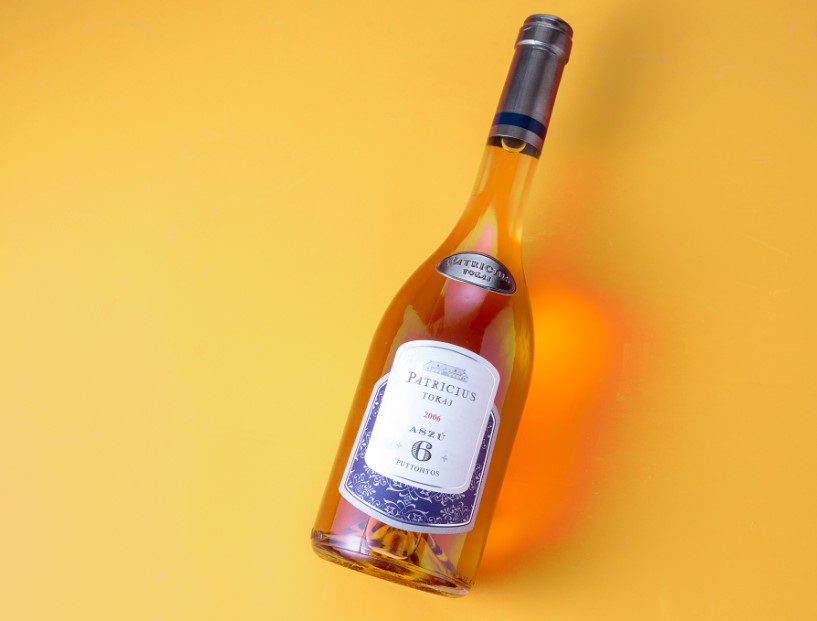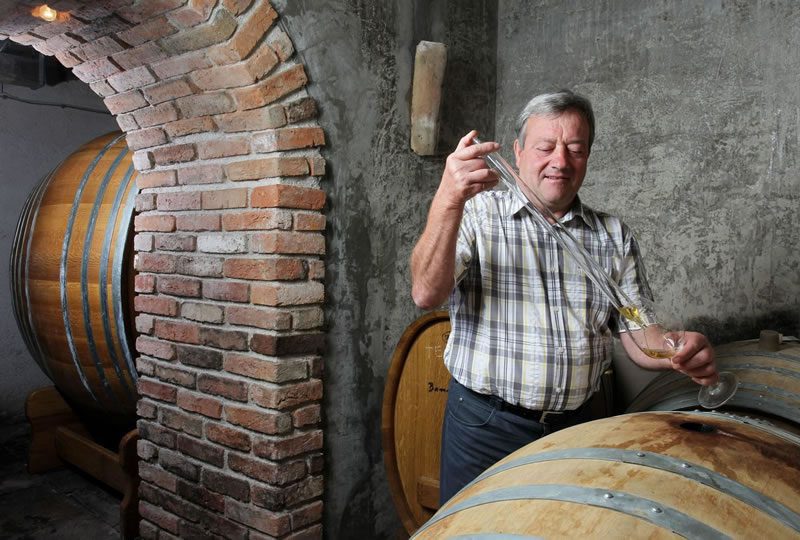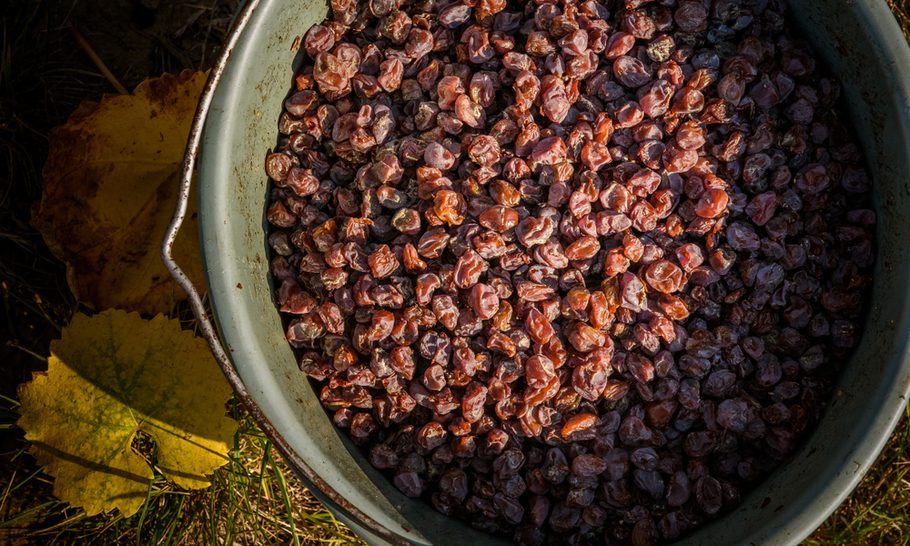I’d like to believe that when you think of the wider region of Central and Eastern Europe, great sweet wines immediately come to mind. Although I’m sure that’s not the case, it was once upon a time, say 100 years ago. I know, the world has changed. There have been two world wars in the last century and cola has conquered the world, so my wish will remain a vain dream. However, there is a sound basis for it!
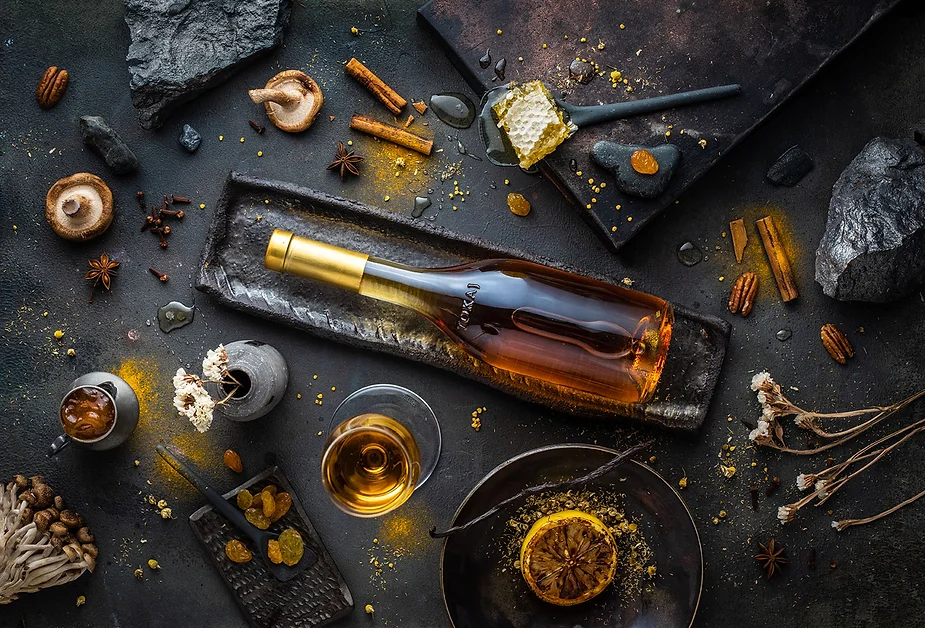
If you look historically at the world of great sweet wines, it’s easy to distinguish between fortified and natural sweet wines, and in this case, natural does not mean ‘natural’ in the sense of minimal intervention! Fortified wines have typically thrived in the British market, as it was British (and Dutch) tastes that gave them their name, although their main market today is France. The other side of the coin is the world of passito and botrytised sweet wines. In the Mediterranean, the passito process was already known in antiquity. Homer mentions a red passito, the most famous drink of the time, the red of Ismaros, which is as ‘black as the sea’ and so sweet that it can only be drunk twenty-four times diluted. (And just consider, they diluted wine with sea water back then!) This is what Odysseus makes the Cyclops drink undiluted so that he and his men can escape. Well, passito wines are still flourishing today, the most famous being Commandaria from Cyprus and Passito di Pantelleria. For these wines, the ripe grapes are dried in the sun after harvesting, then the resulting raisins are macerated in fermenting must or wine. This second fermentation results in extraordinarily sweet wine.
Nobles
If a fungus called Botrytis cinerea attacks the grapes and then dies during a dry Indian summer, the berries will dry on the vine and the fungus will release additional aromas. This is how the famous Trockenbeerenauslese (TBA) wines from the Rhine and Sauternes wines (and, of course, Barsac, Cadillac, Montbasillac and Sainte Croix du Mont) near Bordeaux are made. However, Central and Eastern Europe is also known for such wines. Just think of the wines from Cotnari in Romania, Rust in Austria and Tokaj in Hungary. Sweet wines are found elsewhere in the region, but they are typically made using the passito method. For example, the two sweet wines made by the Benvenuti brothers in Croatia – Corona Grande and San Salvatore – or Slovenian Marjan Simčič’s Leonardo. Exceptions to this include the equally lovely Czech ice wines, but these are largely drunk in the Czech market and rarely make it out of the country.
Differences between Sauternes and Tokaj
The old world and the new, in which Tokaj is the older, as strange as that might seem. The difference is not only in the grape varieties (Sauternes – Sémillon, Sauvignon Blanc, Muscadelle; Tokaj – Furmint, Hárslevelű, Sárgamuskotály), but also in the winemaking technique. In Sauternes, whole bunches that have been attacked by botrytis are harvested and processed (similar to the so called Szamorodni style in Tokaj), while in Tokaj, the individual botrytised berries are picked from the bunch while still on the vine, collected and later macerated in fermenting must or finished wine. So, in the end, Tokaji wines are an enticing mix of botrytised sweet wine and the Mediterranean passito method. Many people compare these two famous wines, but I think this is unnecessary and unfair. In Sauternes, the balance is achieved at high alcohol levels, with herbal notes often appearing in the wine alongside the apricot notes from botrytis, while Tokaji wines are characterised by lower alcohol levels, very lively acidity and high residual sugar. Indeed, in serious Tokaji Aszú, it is not uncommon to find 13 g of acidity as well as 250 g of sugar. That’s why a really good Tokaji Aszú, no matter how sweet it is, feels almost dry on the finish due to its high acidity, which in my opinion, makes it comparable only to great Madeira.
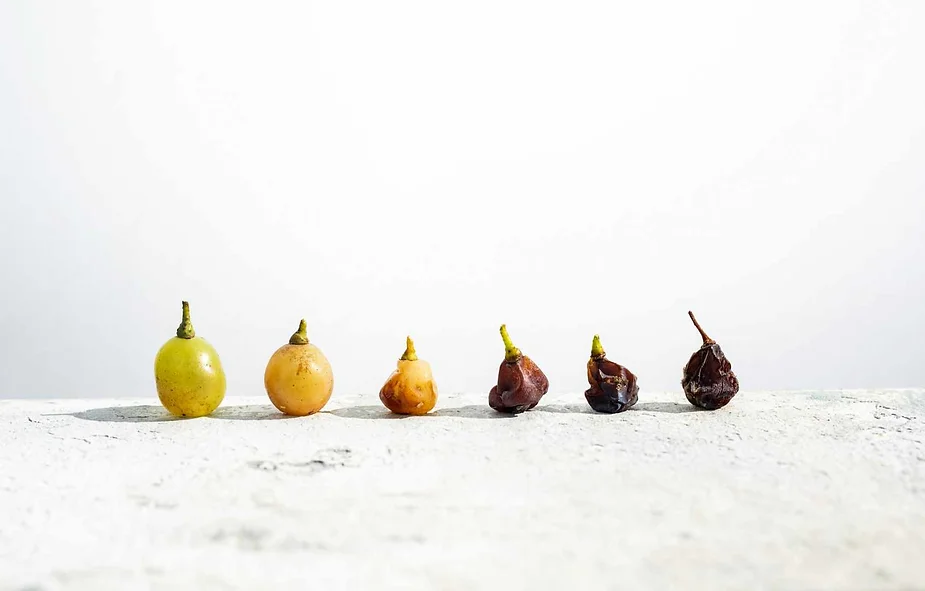
Cotnari’s sweet wine has largely sunk into the mists of time, with only botrytised natural sweet wines from the eighties (and earlier) available for tasting, but there may yet be hope for a resurrection. Rust and Tokaj, on the other hand, are flourishing. In the former, Furmint, once its main grape variety, is making a comeback, albeit slowly, although now Welschriesling, Riesling, Pinot Blanc, Pinot Gris, Chardonnay and Neuburger rather make up the famous Ruster Ausbruch, to which the city once owed its status as a ‘royal free city’. However, the jewel of the region since the 1500s is clearly Tokaj, where the tradition of making sweet Aszú wines is so deeply rooted that the winemakers can hardly make anything else. This is what they have in their hands, this is what the grape varieties are selected for. This is a joke, of course, but the fact is that the popularity of dry Furmint only began in the 21st century…
It is not only the large wineries like Pajzos or the organic farming Hétszőlő that stand out among Tokaj wineries, but also the medium-sized ones such as Patricius, Gróf Degenfeld Carpinus or Harsányi, or the very small family estates such as Barta, Zsirai, Majoros and Serpens, which are also capable of outstanding quality. The best examples are the Patricius 2017 6p Aszú (DWWA Platinum) or the Barta Pince 2016 6p Aszú, which I think is the best Tokaji Aszú of the 2010s, although I have tasted all the Szepsy Aszús made that decade. When it comes to wine and food pairing, feel free to wander off the beaten track and experiment! Tokaji Aszús with lower residual sugar can be a good match for the sweet and sour flavours of Far Eastern cuisine, while those with higher sugar pair well with the spicy flavours of Sichuan cuisine. I’d also pair some Aszús with roast beef, especially if served with roast vegetables along with a cabbage and horseradish coleslaw. Perfect harmony, it’s worth trying!

